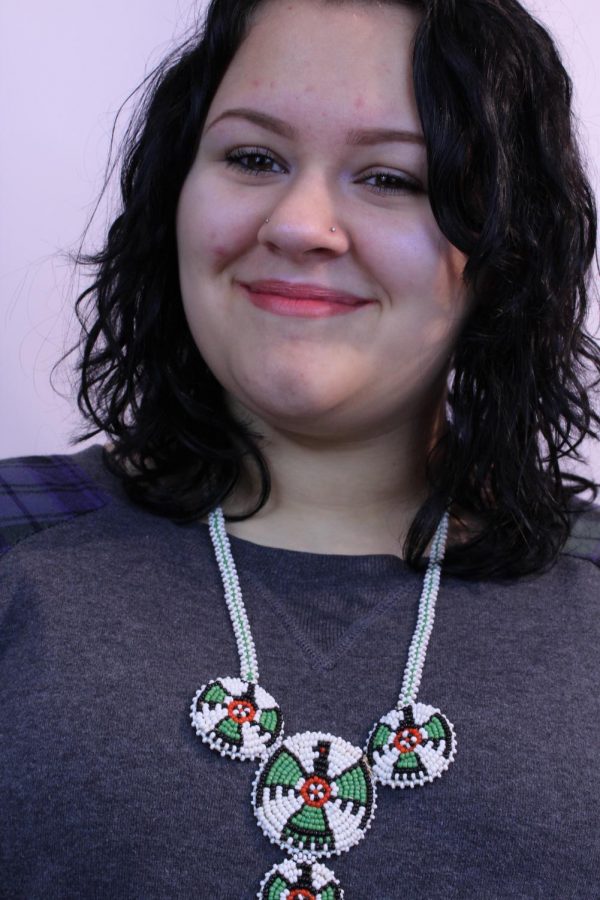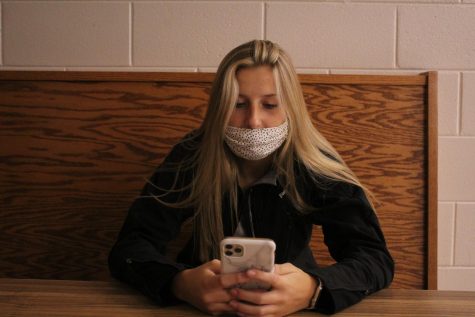For your information, that is cultural appropriation
Scroll through Instagram on any given day and you will more than likely see bindis on festival goers, white washing in the movie industry and dreadlocks on caucasian models who have no idea what those artifacts mean to a given culture. These are just a few examples of the culturally offensive acts you may have seen in the mainstream fashion and music industry and I am not here for them.
Cultural appropriation is the act of taking or using artifacts or beliefs from a culture that is not one’s own, especially without showing an understanding or respect understand or respect for the culture, according to the Cambridge Dictionary.
When a black woman wears her natural hair, specifically in Bantu knots or dreadlocks, people have been insensitive and said things about it being unprofessional, but when celebrities like the Kardashians and Miley Cyrus have worn them, young girls saw them and thought it was okay to follow suit because it is “the in thing.”
In October 2017, designer Stella McCartney’s pieces were featured in the Paris Fashion Week using Ankara prints commonly worn in the country of Nigeria and have since received harsh criticism from people all over Twitter. To make matters even worse, the designer only included one woman of color to walk in her show.
Other designers like Marc Jacobs have also been called out for including white models in his runway shows wearing “twisted mini buns” but in reality they are Bantu knots that have been worn by women in the black community for centuries.
They see it as trendy while, women of color all over the world see it as a smack in the face to their native cultures. But, it is not just black women’s cultures that are so blatantly disrespected and exploited by the mainstream media.
Music festivals are cesspools for cultural appropriation.
Brands like Topshop have been bashed in the past for selling culturally insensitive Native American feather headdresses and Indian bindis to wear during festivals like Burning Man and Coachella.
When mainstream brands normalize cultural appropriation, it makes the masses think that wearing these garments will make them ultrahip and stand out in the crowds, when really it just makes them seem ignorant to the culture that they are appropriating.
Asian cultures have been appropriated in the fashion industry for years and the oh so “kawaii” kimonos and cheongsam dresses that were popularized in the 90s have made a comeback, angering members of the Asian community, once again.
Cultural appropriation can be found anywhere though, and sororities and fraternities are a perfect example of this fallacy.
I never thought about it until I started applying for college earlier this fall, but Greek life has nothing to do with Greek culture except for the signs plastered on their front lawns. Togas are not just some garb you can throw on for a party; they are supposed to be worn for special events like weddings and feasts.
Moral of the story: If it seems like it is culturally insensitive and does not feel quite right, then it is probably not.









